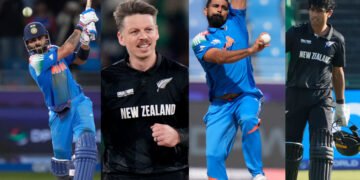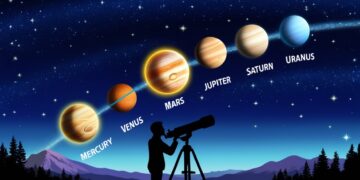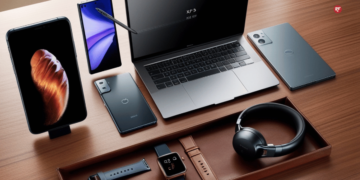Chandrayaan-2 has always been one of the most ambitious projects of the Indian Space Research Organization (ISRO). The project aimed at exploring the south polar region of the Moon. This destination remains to be one of the unexplored regions for any country.
Chandrayaan-2 is one very special project for Indian scientists. Several factors over time have contributed to the success of the mission. Chandrayaan originally scheduled to take flight a week ago, took flight on 22nd July for the second time after being delayed. Undoubtedly, the mission proved to be a success, and everyone has praised India for such a mission.
Though Chandrayaan-2 delayed and was supposed to launch on 15 July 2019, the delay did not stop the successful launch. A small technical fault, however, resulted in the positive launch the second time with updated technical treatments. Chandrayaan-2 is supposed to reach the orbit with GSLV MK-III. It can carry around 4-tonne class of satellite to Geosynchronous Transfer Orbit (GTO).
Also read about: Mission Shakti
Chandrayaan-2: What does the mission aim at?

One of the most anticipated projects, Chandrayaan-2 is aimed at understanding our satellite, Moon better. The different topographical studies would contribute towards easing the learning process and mineralogical analysis. The lander ‘Vikram’ (named after the space luminary, Dr. Vikram A Sarabhai) is supposed to carry out all the information.
During the time of launch, Chandrayaan-2 Orbiter was in constant touch with Vikram and Indian Deep Space Network (ISSN) at Byalau.
Chandrayaan-2 – Made in India
India’s Central Tool Room and Training Center (CTTC) has contributed towards the manufacturing of 22 valves for fuel injection and other parts of the cryogenic engine for the GSLV Mark III rocket. This institution was working towards the part manufacture since March 2017.
The managing director of CTTC, Sibasis Maity, explained about the assemblies for the momentum of the orbiter. Different factors were taken into consideration to ensure proper navigation. All these assemblies contributed towards the proper movement of the solar panels for orbiter and lander.
Chandrayaan-2: Technology

The terrain mapping cameras are updated in the field to ensure proper 3D map preparation. It also contains the soft X-ray spectrometer to capture the major rock-forming elements. The payload will also constitute a high-resolution orbiter camera that can capture high-quality images for the landing site.
ISRO in a statement said, “While there, we will also explore discoveries made by Chandrayaan-1, such as the presence of water molecules on the Moon and new rock types with unique chemical composition. Through this mission, we aim to expand India’s footprint in space, surpass international aspirations, and inspire a future generation of scientists, engineers, and explorers.”
Praise from International Media
Chandrayaan-2 is an attempt to accomplish a mission that no country has ever attempted. During the launch, several leading international media houses came in the forefront to praise India for the successful launch. Some of the leading media houses praising India include BBC, The Independent, Guardian, Al Jazeera, CNN and the New York Times.
Praise from everywhere
Union Minister, Prime Minister, every celebrity and Twitteratis took over Twitter to praise the accomplishment of ISRO. ISRO even took to Twitter to share the images from the onboard camera of GSLV MK-III.






















